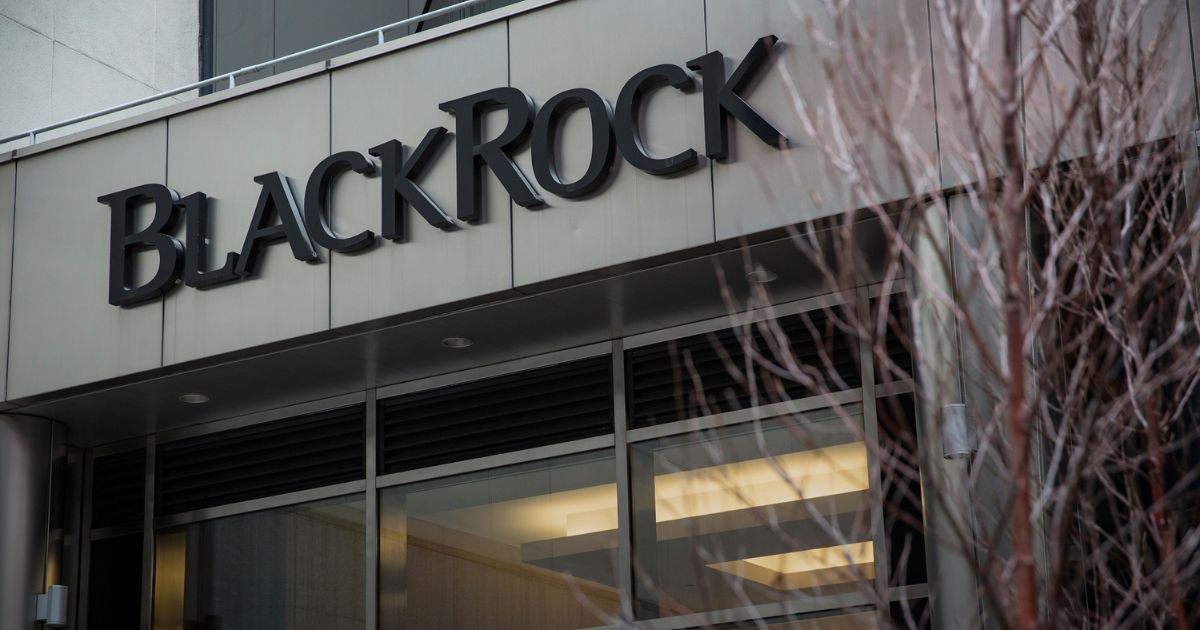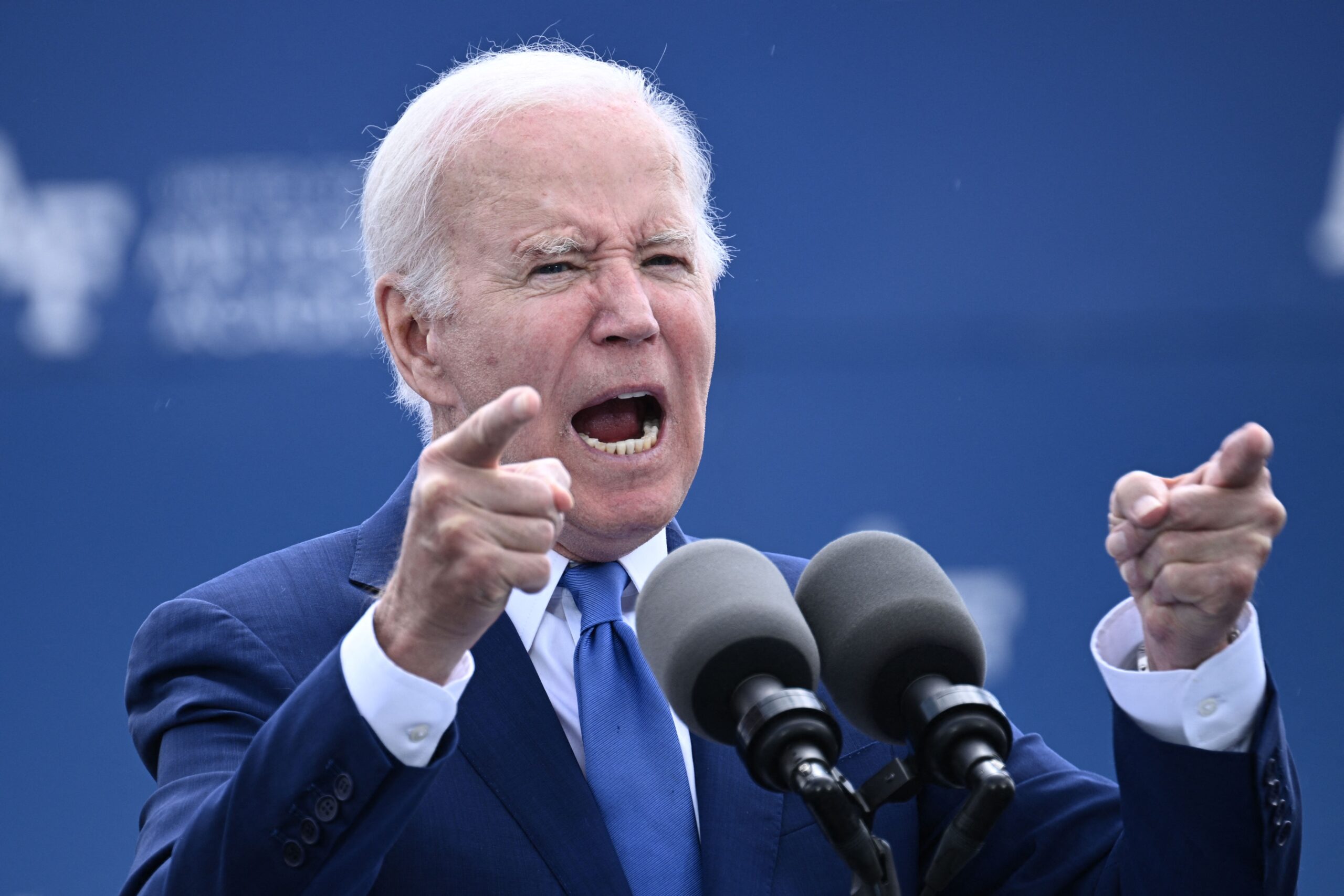FDIC Approaches Banks About Buying First Republic
Banks are awaiting word from the US government about the fate of First Republic (FRC) after a Sunday deadline to submit bids for the San Francisco lender passed.
The Federal Deposit Insurance Corporation invited several big banks to make bids, including JPMorgan Chase (JPM), Bank of America (BAC) and PNC Financial Services Group (PNC), according to people familiar with the matter. Citizens Financial Group (CFG) and US Bancorp (USB) were also reportedly invited.
Bank of America decided against a bid, according to one of these people. US Bancorp also decided not to make an offer, according to a Bloomberg report.
Some of these same banks came to First Republic’s aid in March with $30 billion in uninsured deposits. They were reluctant last week to provide a second rescue on their own, fearing First Republic would be seized anyway.
The FDIC gave banks a noon deadline Sunday, and people familiar with the bidding process interpreted it as the prelude to a government seizure of First Republic. Multiple reports Friday suggested that the FDIC would likely place First Republic into receivership.
The FDIC may be able to find a buyer among the big banks that is willing to take all of First Republic’s deposits and perhaps some of its troubled assets, too. Sometimes the FDIC can sweeten such deals by agreeing to share future losses on loan portfolios, for example.
Democratic Congressman Ro Khanna said on CBS’s “Face the Nation” that the FDIC should take the “lowest-cost alternative” to dealing with First Republic. That is a reference to the regulator’s mandate to accept the bid that will result in the least cost to the FDIC’s Deposit Insurance Fund, which it uses to backstop all deposits up a limit of $250,000 per account.
The bidders
If JPMorgan were to win, it would need the US government to provide an exception to a rule preventing any bank from making an acquisition providing it with more than 10% of all US deposits, Bloomberg reported. JPMorgan, the nation’s largest bank, is already above that cap.
Its attempt to purchase First Republic places CEO Jamie Dimon at the center of a national banking crisis for the second time in 15 years.
In 2008, he acted twice to help stabilize the financial system when JPMorgan purchased New York investment bank Bear Stearns in March of that year, getting a $29 billion backstop from the federal government, and then Seattle’s Washington Mutual in September of 2008. In the case of Washington Mutual, JPMorgan purchased its operations after regulators seized the Seattle thrift. It still is the nation’s largest-ever bank failure.
The two deals turned JPMorgan into the nation’s biggest coast-to-coast bank and provided it with an even more powerful hand on Wall Street. They also saddled it with years of legal and regulatory headaches. Dimon has said if he could do it over again he would not have purchased Bear Stearns for those reasons.
PNC, based in Pittsburgh, also went for an acquisition during the 2008 financial crisis that made it an even bigger player in the industry.
Regulators encouraged it to make a bid for Cleveland rival National City, which had been weakened by its exposure to poor-performing mortgages. The deal announced in October 2008 for more than $5 billion made it one of the largest lenders in the country.
PNC, which was sixth-largest bank as of Dec. 31, has made some sizable deals since 2008. In 2012 it purchased the U.S. retail banking subsidiary of Royal Bank of Canada for $3.47 billion and in 2021 it picked up the U.S. arm of Spain’s BBVA for $11.6 billion.
The BBVA deal gave it roughly 60 branches in California, First Republic’s home state, as well as locations in Texas. It was able to claim a presence in 29 of 30 of the top metropolitan statistical areas in the country.
First Republic’s troubles
First Republic became the subject of a government bidding war after a fight for its survival that began in March when panic about the stability of regional lenders cascaded across the country. It tried to weather the turmoil by borrowing from the Federal Reserve and the Federal Home Loan Bank while also taking in $30 billion in uninsured deposits from 11 of the country’s largest banks. JPMorgan provided $5 billion of the $30 billion.
But First Republic’s situation turned more serious Monday after it disclosed a loss of more than $100 billion in deposits. The drop was greater than expected and raised new concerns about the company’s chances for survival. By Friday, First Republic’s stock had dropped to $3.50, down 97% for the year. The bank’s market value, once $40 billion, was just $640 million.
Investors punished the stock, sending it down nearly 50% in one day and then nearly 30% on Wednesday. On Thursday it rose nearly 9%, before plunging again Friday by 43%.
First Republic was founded in 1985 by Jim Herbert, and over the decades expanded rapidly as it attracted wealthy customers clustered on either coast by offering them large single-family mortgages at ultra-low rates along with personalized service.
It went from $88 billion in assets at the end of 2017 to more than $200 billion at the end of 2022. It was the nation’s 14th-largest lender as of Dec. 31.
Then it, like many banks of its size, struggled to adapt to an aggressive campaign by the Federal Reserve to raise interest rates as a way of slowing inflation.
The hikes lowered the value of the interest-rate sensitive assets on its balance sheet and helped create billions in unrealized losses, a hole that ultimately attracted the attention of investors and depositors following the fall of Silicon Valley Bank.
The bank also had lots of uninsured depositors, making them a greater flight risk during the chaos that unfolded in March.
When customers began pulling more than $100 billion, First Republic had to replace its deposit funding with more expensive borrowing from the Fed and the Federal Home Loan Bank system. Those borrowings, which peaked on March 15 at $138 billion, created another problem by placing more pressure on its profitability.
First Republic developed a turnaround plan. It said Monday while releasing its first-quarter results that it planned to increase its amount of insured deposits, trim its borrowings, decrease its loan balances and reduce its workforce by 20-25%. Borrowings had dropped to $104 billion as of April 21 and the deposit outflows had slowed.
But its disclosure about the amount of deposits lost in March, and the fact that the company decided not to take any questions from analysts, spooked investors.
Short sellers also applied more pressure. Those with bets against First Republic have earned $1.37 billion year to date on a mark-to-market basis, according to S3 Partners. It is the most profitable short position among stocks thus far in 2023, according to S3.
Click here for the latest stock market news and in-depth analysis, including events that move stocks
Read the latest financial and business news from Yahoo Finance
" Conservative News Daily does not always share or support the views and opinions expressed here; they are just those of the writer."





